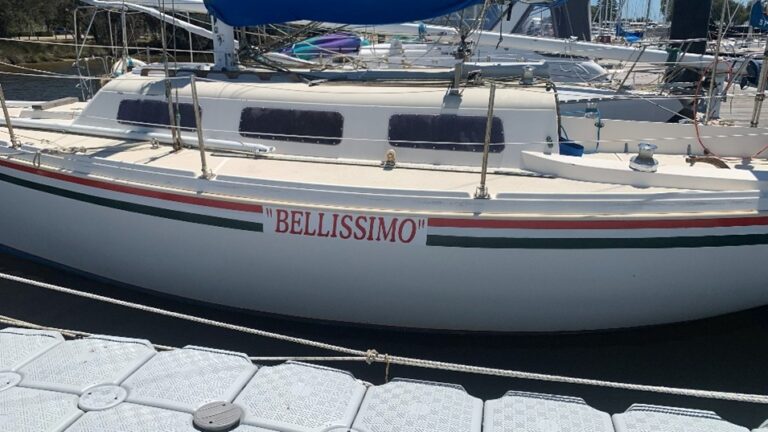Welcome to Country Signage
If you keep an eye out at an airport there is one thing you will find everywhere. Signage! From wayfinding signage to statutory signage to brand signage, the variety is endless. Airport signage as an environmental variable can have a profound effect on any pedestrians and can affect behavior. Often when you step off a plane you meet corridors of floor to ceiling images of the local flora and fauna. The purpose of this is to encourage you to interact with these locations. This style of signage aims to engage the viewer through the imagery of a location.
Another trope of airport signage is the traditional ‘WELCOME’ sign. At Perth Airport, this traditional sign concept merges with the rich history of Western Australia. The result? Two almost 8 meter long Welcome to Country signage displays.
Welcome to Country
Located in the International arrivals and in the baggage reclaim area are two almost 8 meter long Welcome to Country signage displays. It features text written in both English and Noongar Whadjuk language. This stunning sign offers tourists and returning locals a snippet of the diverse and fascinating culture that is alive in Western Australia. This sample of Noongar Whadjuk language is a small part of a larger effort to incorporate more Indigenous Australian culture into the Perth Airport.
The words have been created from 3mm, 6mm and 10mm black acrylic that was router cut and applied with Arlon 8000 and matt laminate. Accompanying this text are a collection of bright facets that features the designs of six Aboriginal artists following the commission to contribute to the new Perth Airport Brand. For more information on what else Perth Airport are doing, click here.

Design Elements
This signage achieves a lot more than just aesthetics. At Signs & Lines we understand the importance of the symbolism and meaning behind design artwork. The concepts behind this project were especially symbolic and impactful. The idea behind this brand was to represent the commitment of Western Australia towards a journey of reconciliation. The artists incorporated central Indigenous elements into the artwork. This includes the contrasting shades of blue to represent fish and the Swan River. Another example is the elliptical orange, red and black shapes to symbolize the seeds of the west coast wattle. Bright yellow and black bees represent the Kimberley honey flies whilst another design uses images of a black and white boab nut to represent its place in ceremonies.
This artwork can be seen in other Signs & Lines projects for Perth Airport. An entry totem pole in the Terminal 3 carpark features the same artwork.
This airport signage project is just one example of the large variety of work undertaken by Signs & Lines. From the first spark of an idea to the final day of installation or maintenance, Signs & Lines prides itself in offering a turnkey solution. This solution ensures that the job is completed to the highest standard by our exceptional designers, project-managers, installers and technicians. Don’t wait any longer to contact us and provide your business with cost-effective signage that reflects your brand. For more of our signage portfolio read our case studies here, which features work from all industries and for all different requests.
Our team of professionals is just a phone call away. Let us help you! So for help or advice on any aspect of signage email admin@signsandlines.com today. Alternatively, contact us at the office and call + 61 8 9274 5151



